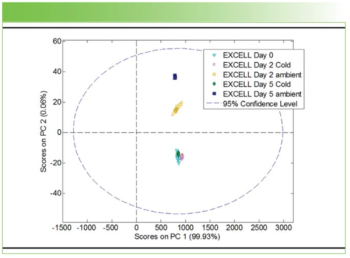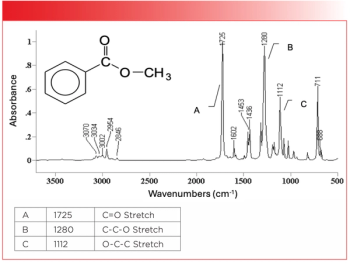
The Spectroscopy 2016 Salary Survey: A Snapshot
The latest Spectroscopy salary survey shows that the average salary has dropped slightly, despite increasing workloads. But has this impacted job satisfaction?
The annual Spectroscopy salary survey investigated spectroscopy employment markets in 2016, and the results were a mosaic of optimism and pessimism. The average salary has decreased for the second consecutive year (–0.9%), but this drop is in no way as dramatic as that witnessed in the 2015 survey (–6.2%). The plight of government and nationally funded laboratories continues, but private industry is making a recovery. Stress and workloads have increased but job satisfaction nevertheless remains high, with the vast majority of respondents holding no plans to make dramatic career moves. Below is a selection of statistics we collected this year, which characterize this year’s salary survey.
Salaries by Employment Field and Gender
The average salary for 2016 was $82,457, a 0.9% reduction from the 2015 survey ($83,209).
Within the three major employer types, average salaries varied greatly. Respondents with roles in industry had the highest average salary of $89,488, while government employees had an average salary of $77,720 and academics an average salary of $67,208.
Male employees also continued to earn more. Average salaries for males were more than 16% higher than those of female employees.
Workload, Stress, and Job Satisfaction
We asked respondents to indicate whether their workloads and stress levels had increased compared to the previous year, and how this has affected their job satisfaction.
- About 66% of respondents say their workload has increased over the past year, 30% say it has stayed the same, and <5% say it has declined.
- Some 54% of respondents indicated their stress levels had increased.
- Despite increased workloads and stress, 21% were “highly satisfied” with their jobs and a further 53% were “satisfied.”
- Only 6% were “highly dissatisfied” with their jobs and about 20% were “somewhat dissatisfied.”
Despite the increased workloads and stress, job satisfaction remains high, which translates to 71% of respondents having no plans to look for a new job within the coming year.
Regional Variation in the United States
The regional variations spectroscopists face within the United States can be stark. This year, differences in regional salaries saw some interesting changes: After two years in the top position, the Northeast ($97,224) dropped to second behind the Southwest ($100,423) in terms of average salary. The Midwest saw its fortunes reversed with a 3% increase in average salary after many years of decline. The two remaining regions had contrasting trends, as the Northwest witnessed a nearly 7% increase to an average salary of $84,500 while Southeastern salaries decreased by more than 4% to $74,051, the lowest of any region.
Gender Gap
The gender gap continues, with women reporting consistently lower average salaries than their male counterparts. The results indicated that women looking for the career path offering the best chance of equality should gain a PhD and seek out a role in industry. While the pay gap in industry sits at an embarrassing 12%, this imbalance is significantly favorable compared to those in academia (29%) and government (20%).
Career Advice
More than half of respondents (59%) would recommend their career as a fulfilling one to a recent graduate, whereas 8% would not. We also asked for the best career advice respondents had received during their career. Responses ranged from “Have good time-management skills” and “Read, read, and keep up to date!” to “Never assume someone else is going to do it” and “Go into industry.”
A selection of advice for young spectroscopists is shown below:
- “Understand the theory behind the instruments so they aren’t a black box.”
- “Get a PhD.”
- “Expand your current skills.”
- “Network!”
Click
Newsletter
Get essential updates on the latest spectroscopy technologies, regulatory standards, and best practices—subscribe today to Spectroscopy.





